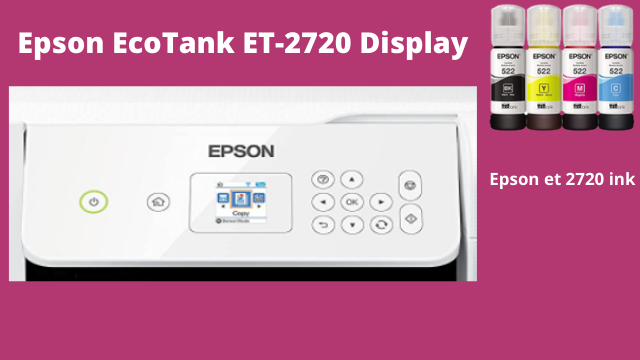What is dye sublimation Printing?
Dye sublimation printing is a process by which ink is transferred from a computer to a special paper that is then heated to a high temperature and pressed onto a material such as fabric, metal, or plastic. The heat causes the ink to vaporize into a gas and bond with the material's fibers. This type of printing provides vibrant, high-resolution images that won't fade, crack, or peel over time. It is often used to create custom apparel, home decor, and signage.
Sublimation printing uses heat to transfer an image onto a substrate, producing a permanent design that won't fade or peel. It is perfect for decorating apparel, signage and other compatible surfaces.
How Dye Sublimation Printing Works?
The two-step procedure of dye sublimation printing involves printing graphics with a sublimation printer and ink onto special transfer paper, followed by pressing the paper onto various substrates via heat-pressing.
Two-Part Process of Dye Sublimation Printing
In step one of the sublimation printing process, unique sublimation dyes are transferred to special sheets of transfer paper with a liquid gel ink. These sheets of high-release inkjet paper are then used in the subsequent step of the procedure.
The second step of dye sublimation printing involves the transformation of the solid dye into a gaseous form,Using heat and pressure. This alteration allows the dye to penetrate the substrate, thus creating a permanent bond with the color. Upon the removal of the heat, the dye returns to its solid state, concluding the procedure.
Sublimation printing infuses colors into the very fibers of the fabric, so the images won’t wear away with time or washing, ensuring that your designs stay vibrant and intact.
The sublimation process results in a vivid, long-lasting, full-color print that won't crack, fade or peel from the base material. The dyes are incorporated into the substrate on a molecular level, not just applied to the surface like with screen printing or direct to garment printing. The outcome is a nearly permanent, high-resolution print.
The distinctive procedure of dye sublimation printing entails the utilization of a polyester ribbon in the storage and transfer of colors. Each colored panel is the same size as the medium it is being printed on; for instance, a 6 in × 4 in (150 mm × 100 mm) printer will have four 6 in × 4 in (150 mm × 100 mm) panels. One hue at a time, the ribbon maintains the dye as it is applied.
Dye Sublimation Application
Dye Sublimation Printers


